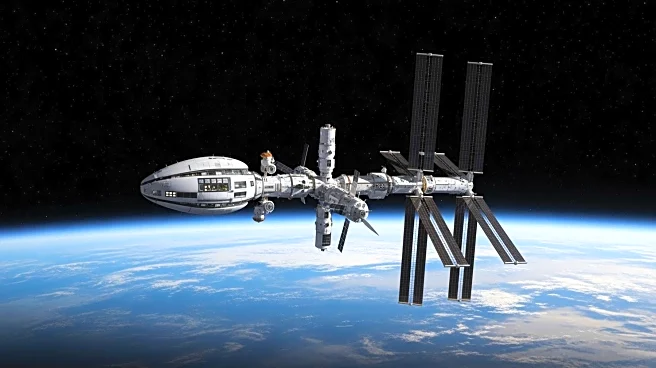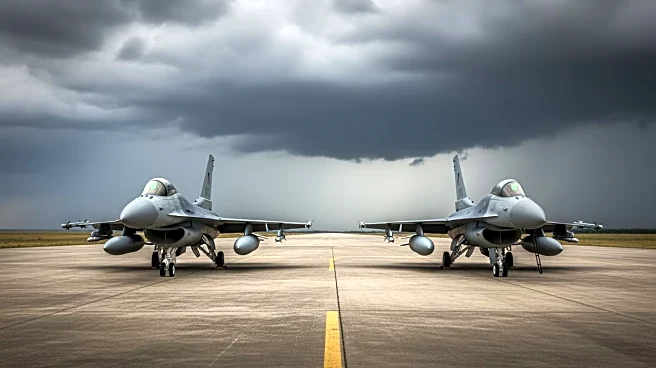What's Happening?
On November 3, 1957, Laika, a stray dog from Moscow, became the first living creature to orbit Earth aboard the Soviet spacecraft Sputnik 2. This mission marked a significant milestone in space exploration during the Cold War, showcasing the Soviet Union's
technological capabilities. Laika was chosen for her calm temperament and resilience, but the mission was always intended to be a one-way journey as the spacecraft lacked the technology for a safe return. Tragically, Laika died within hours due to overheating and stress, but her mission provided crucial data for future human spaceflights.
Why It's Important?
Laika's mission was pivotal in advancing human space exploration, providing scientists with essential data on how living organisms respond to space conditions. This information was crucial for preparing future missions, including those that eventually sent humans to the Moon. However, the mission also sparked ethical debates about the use of animals in scientific research, highlighting the moral dilemmas faced in the pursuit of scientific advancement. Laika's story remains a symbol of both the sacrifices made in the name of progress and the ethical considerations that accompany scientific exploration.
Beyond the Headlines
Laika's mission continues to evoke discussions about the ethical treatment of animals in research. Her story serves as a reminder of the moral questions that arise with scientific progress. In 2008, Russia honored Laika with a monument, acknowledging her contribution to space exploration and the ethical debates her mission inspired. This legacy underscores the need for balancing scientific achievement with compassion and ethical responsibility.














